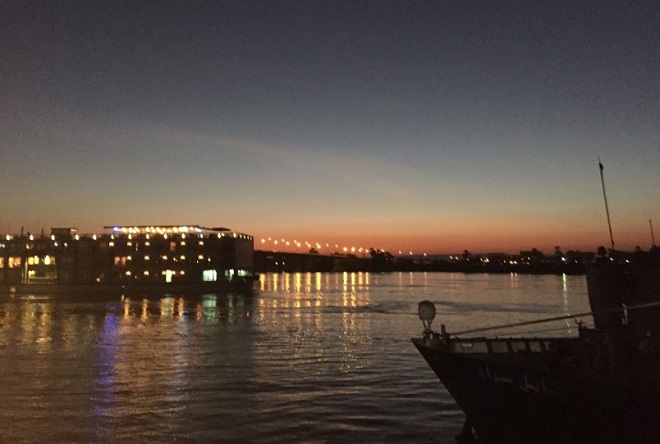
Thursday October 8, 2015
By Diana Taremwa Karakire

A 1.7 billion towering dam at the headwaters of Uganda’s spectacular Karuma falls is the latest example of how the competition for utilization of Nile waters is gaining steam as countries in the Nile basin move to challenge Egypt’s decade long dominance over the World’s longest river.
In addition to Karuma, Uganda is developing two more hydro-power dams, the 600 MW Ayago hydro -power plant to be developed in two simultaneous stages and the Isimba power plant to provide a further 185 MW.These power stations are meant to provide the power necessary to help boost Uganda’s and possibly other regional economies such as DR Congo and South Sudan.
Economists say that much more investment in energy infrastructures is desperately needed along the Nile basin, which is home to a half of the continent’s total population. But Egypt, which relies on the river for nearly its entire water needs, is not relenting, stirring tensions with its upstream neighbors.
A 1929 colonial treaty between Egypt and Britain’s East African protectorates gives Cairo exclusive ownership of the Nile waters. But in recent years, several countries in the Nile basin have been pushing back. Egypt and Sudan have particularly been unhappy with Ethiopia over the $4.2 billion Renaissance dam because of fears that these projects would reduce the flow of the river.
Of the country’s spearheading the fight for the waters, Uganda appears to be taking the lead.
“We need these dams to develop our economies, and we must build more” Uganda’s President Yoweri Museveni said in July. “Egypt and some chauvinistic groups must respect our rights”
The Sub Saharan Africa nation, which is the biggest exporter of coffee on the continent, typically generates almost half of its electricity output from Hydro-power dams along the Nile river.Bujagali hydro power plant, commissioned three years ago, is the largest power station in the country and supplies most of the power to the grid.
Building hydro-power plants has been the most preferred source of modern energy as the country steps up efforts to redeem its ailing power sector that has for years been dogged by chronic power shortages, high power tariffs, load shedding, and low levels of power penetration across the country which has historically stymied economic growth
Uganda’s finance ministry projects that investments in power generation projects will transform Uganda into a middle income country by 2020.
According to Uganda’s Prime Minister Ruhakana Rugunda Karuma venture is one of the major power generation projects in the country whose construction started in August 2013 and is expected to be commissioned in December 2018.
China is providing up to 85% of the financing of the two dams through concessionary loans leaving government to borrow the remaining $680m.
“In order to exploit the huge hydropower potential of the region sustainably, it’s necessary that countries cooperate, and mainstream environmental and social considerations in the development of the water resources”, said Mr. John Rao Nyaoro, executive director of the Nile Basin Initiative, established in 1999 to oversee the negotiation process and enhance co-operation between the Nile Basin countries.
But in building the various power projects, government of Uganda also says it wants to strike a delicate balance between the ecosystem and environment.
“The Power project must not destabilize the game park next to it as tourism is one of Uganda’s foreign exchange baskets. Therefore, the environment must remain intact and our people must directly benefit from the five year project” said Irene Muloni, the energy and minerals minister.
Earlier in June during the state of the nation address , Museveni voiced his frustration with the high cost of Bujagali—which hit nearly $1 billion and said that the power generated from both dams would be far cheaper than Bujagali’s with Karuma’s costing 5 U.S. cents while Isimba’s would cost 4 U.S. cents per kilowatt hour,
Museveni said his government had made a mistake by agreeing to buy the power generated by Bujagali at 10.1 U.S. cents per kilowatt which he said was too high and was partly responsible for the high cost of electricity in the country.
Currently access to electricity in Uganda is estimated at 16%nationwide and only 7% in rural areas. The growth in electricity demand in the country is estimated at about 10%,a figure that hardly matches the rate at which the country generates electricity.
Uganda is grappling with significant power shortage and the completion of Karuma dam and other power projects over the next few years is expected to provide some relief.